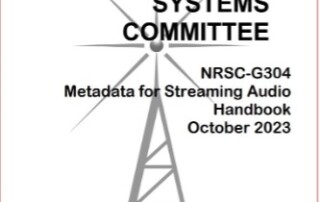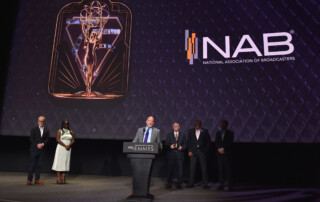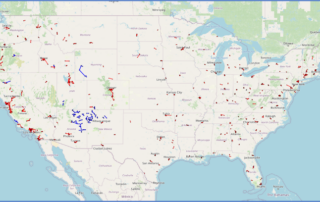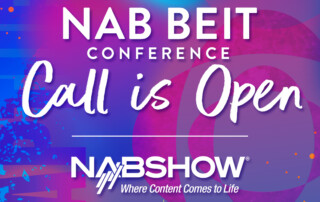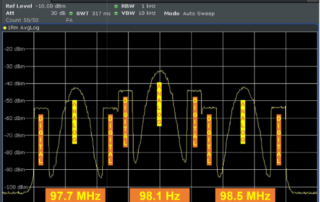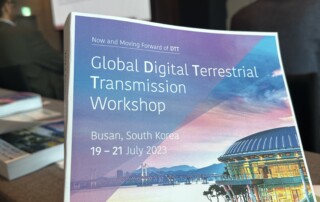NRSC Publishes New Guidelines on Metadata for Streaming Audio and AM Carrier Synchronization
The National Radio Systems Committee (NRSC) is a technical standards-setting body cosponsored by NAB and the Consumer Technology Association (CTA). In October, the NRSC’s three subcommittees met in New York in conjunction with NAB Show New York 2023 and each adopted a new document, which have now all been published on the NRSC website and may be downloaded free of charge.
I’d Like to Thank the Academy
Sam Matheny and his team were honored to attend the 75th Engineering, Science & Technology Emmy Awards, to accept The Philo T. Farnsworth Corporate Achievement Award on behalf of NAB. The award is officially considered a Primetime Emmy Award and is presented by the Academy of Television Arts & Sciences.
Don’t Forget to Certify the Accuracy of Your 13 GHZ licenses by November 29
Here are the key points of the NPRM and an explanation of why broadcasters should retain their 13 GHz equipment and emphasize the importance of certifying license accuracy or correcting inaccuracies. Important: You must take action by November 29 or you may lose interference protection and, ultimately, your 13 GHz licenses.
2024 NAB BEIT Conference Call for Papers Includes Two New Categories
Conference Committee Chair Ling Ling Sun is excited to share some thoughts on the call for papers for the upcoming 2024 NAB Broadcast Engineering and Information Technology (BEIT) Conference. In an era where technology is fundamentally reshaping content creation, distribution and consumption, it's crucial to recognize that people—their expertise and adaptability—remain the cornerstone of this transformation. To demonstrate the conference's dedication to staying at the forefront of industry trends and addressing emerging challenges and opportunities, we're introducing two new categories for the upcoming year: "Generative AI" and "Environmental, Social And Governance (ESG) In Broadcasting."
Improving Digital FM Radio
An HD Radio in-band/on-channel (IBOC) hybrid radio signal includes both analog and digital signal components (see figure). One important aspect of the signal design is how well the digital portion of the signal replicates the coverage of the legacy, analog portion.
Recapping the Global Digital Terrestrial Transmission Workshop
The Global Digital Terrestrial Transmission Workshop was held July 19-21 in Busan, Korea. It featured expert speakers from Korea, India, Brazil, Japan, U.S., Canada, Europe, China and the greater APAC region. The workshop featured two and a half days of presentations on a wide range of issues related to the next generation of broadcasting.


